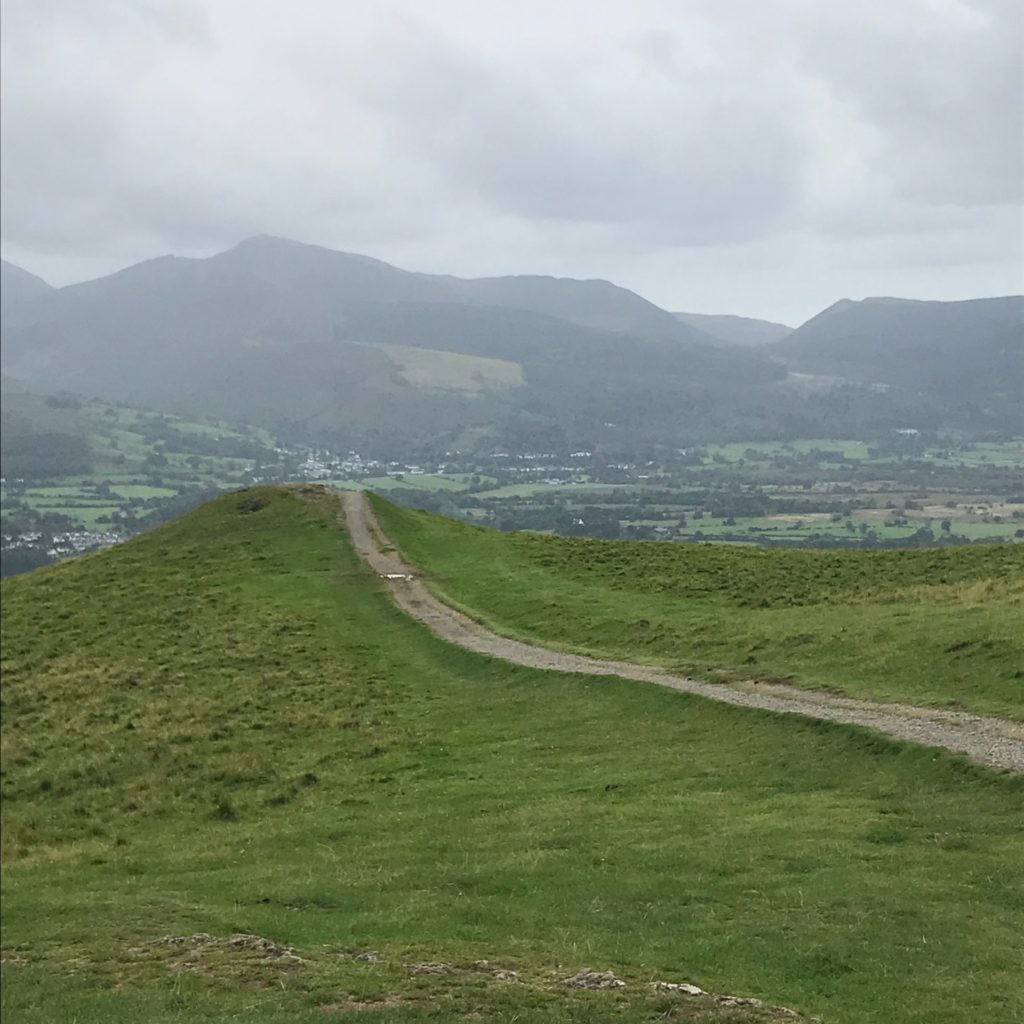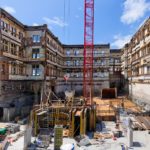
With this episode we begin a once-a-month conversation with someone on a “faith journey,” whether toward renovation (within the familiar Christian “household”) or toward reconstruction (outside that familiar Christian household). Two people–Matty Fearon and Isabel Ciudad Fontecha–have agreed to share their stories in real time, as it where, beginning with their background and upbringing.
My conversation with Matty begins (2:00) with his own self introduction and his background (4:15) as a Liverpool Catholic. But his parents had a complicated relationship with traditional authority and what Matty refers to as the separation of teaching and life. After a relocation with his family to Ireland (and the hotbed of European Catholicism), he remained connected to Catholic Christianity, not at church but at school. So there was some significant engagement with Christian language and practice–he was “religiously literate”–but it was largely “squeezed out” by sports and reading. That background did, however, give him a reference point for “returning” to church when his recovery required. It also gave him (8:30) a love for James Joyce and Gerard Manley Hopkins and a Jesuit “envy.”
He talks a bit about his recovery from alcoholism. (10:30) This includes (around 11:00) some interesting comments on Jung and spirit/spirits (i.e., alcohol). But his learning in recovery gave him a very practical reason to re-engage with a faith perspective–to “get down on your knees” and find a power “greater than yourself” but “of your own understanding,” meaning it’s best to start “close to home” and “with what you know.” But this came after a brief engagement with “going toward the east,” (12:30) including Buddhism and Hinduism (in connection with yoga) and early gnostic Christian writers (a “realm of Christian mysticism” and “unorthodox thinking”).
He then turns to “return” to the Catholic church (18:15), through an encounter with Julian of Norwich (we’ll come back to this later), but also a resonance with the Gospel of Matthew, which he read “with hunger” and receptiveness. He found emotional resonance with Jesus–his life and his stories. It left him “shaken,” undermining his “argumentative” tendencies. (21:45) Yet he didn’t know what to do, undertaking this journey on his own (22:30), and so he decided to “go to church,” where they were singing amazing grace. It felt like, in good recovery fashion, this service was made for him (24:40).
After the break (26:45) the story picks up (a couple weeks later) again. He takes us back to his encounter, in rehab and on TV (!), with Julian of Norwich and how that nudged him in the direction of the church. But in some way the same things that led him to church–the need for community, women’s voices, radical reflection–were the seeds of leading him away. (34:15) There was also his friend’s practice and recommendation of prayer (37:00), as part of the recovery process of finding higher power– “praying to a word.” There are also some comments (40:45) about how this follows somewhat “evangelical” patterns in conversion.
Finding his way back to the Catholic church (45:30)–after a “spiritual pub crawl”–he encountered the importance of a relational connection (with the priest, [47:45] who made space for him to learn, explore, toward first confession and first communion) attached to the “enthrall” of the vague familiarity and culture of Catholicism. (49:15) He was “in love with what was happening”. But there was also a genuine experience of confessing sin and steps of recovery (52:00) (handing over limitations/failures to god for them to be healed), leading to “feeling nothing” (until he saw a double rainbow). A very “intense” and “private” introduction back into the Catholic faith (55:30)–but no sense of community (small church and many traveled from far away).






